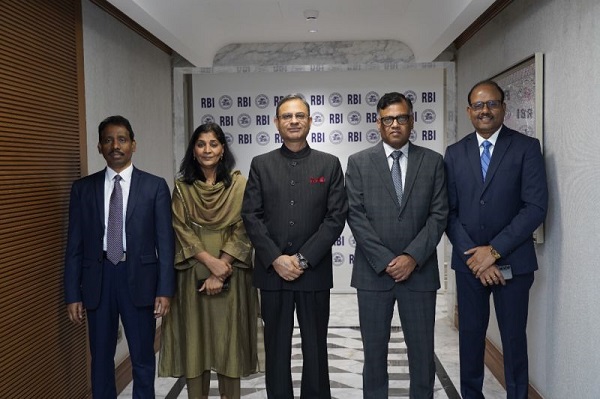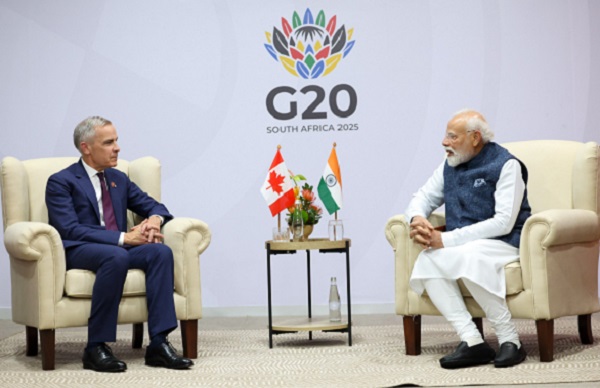.png)
May 29, 2025 at 7:06 AM IST
Despite persistent global headwinds—from financial market volatility and trade frictions to geopolitical tensions and climate-related shocks—India remains well-positioned to be the world’s fastest-growing major economy, supported by well-calibrated monetary policy, fiscal discipline, and a robust financial system, the Reserve Bank of India said in its annual report.
The RBI has projected real GDP growth for 2025-26 at 6.5%, with risks evenly balanced.
The report noted that India’s economy has entered 2025–26 with a broadly favourable outlook, backed by moderating inflation, firm domestic demand, and continued structural reform. Growth is expected to remain among the highest globally, reflecting a blend of policy prudence and foundational resilience.
The Reserve Bank of India projects that headline inflation will align with its medium-term target of 4.0% in the next year. This outlook is underpinned by easing food prices, improved supply-side conditions, and the lagged effects of earlier rate hikes. With inflation on a downward path, the central bank has cut the policy repo rate by 50 basis points so far in 2025, bringing it to 6.0%, and adopted an accommodative stance, signalling its intent to foster growth while maintaining vigilance on price risks.
Liquidity conditions will be actively managed to support credit growth and ensure smooth transmission of monetary policy. Productive sectors such as infrastructure, housing, and industry are expected to benefit, further strengthening investment momentum.
Public capital expenditure continues to play a central role in growth. Significant outlays in roads, railways, and renewable energy are crowding in private investment, particularly as corporate balance sheets strengthen. The recovery in private capital formation is visible in key industries such as power, logistics, and cement—indicating a broad-based revival in the investment cycle, the report said.
India’s position remains stable on the external front. The current account deficit is contained, foreign exchange reserves are ample, and the rupee has been relatively stable amid global currency pressures. Fiscal consolidation remains on track, albeit paced to support growth.
Structural reforms in taxation, digital public infrastructure, and financial inclusion are translating into efficiency gains and stronger investor sentiment. The banking sector has emerged stronger after a prolonged clean-up, with lower non-performing assets, improved capital buffers, and better credit transmission, it said.
In agriculture, progress continues, though challenges remain. Government interventions in irrigation, procurement, and rural credit have supported farm incomes. Still, the sector remains vulnerable to weather extremes, underscoring the need for investment in climate-resilient practices and technology-driven farming, it said.
While the global environment presents uncertainties, India’s macroeconomic fundamentals provide a stable anchor. Demographic strengths, a dynamic services sector, and manufacturing initiatives under the government’s production-linked incentives are reinforcing domestic capacity.
India’s economic outlook for 2025–26 is therefore one of cautious confidence—driven by internal strength, policy consistency, and a maturing financial system that supports broad-based growth, it said. The challenges of the external world remain, yet India is increasingly equipped to navigate them with resilience and purpose.



